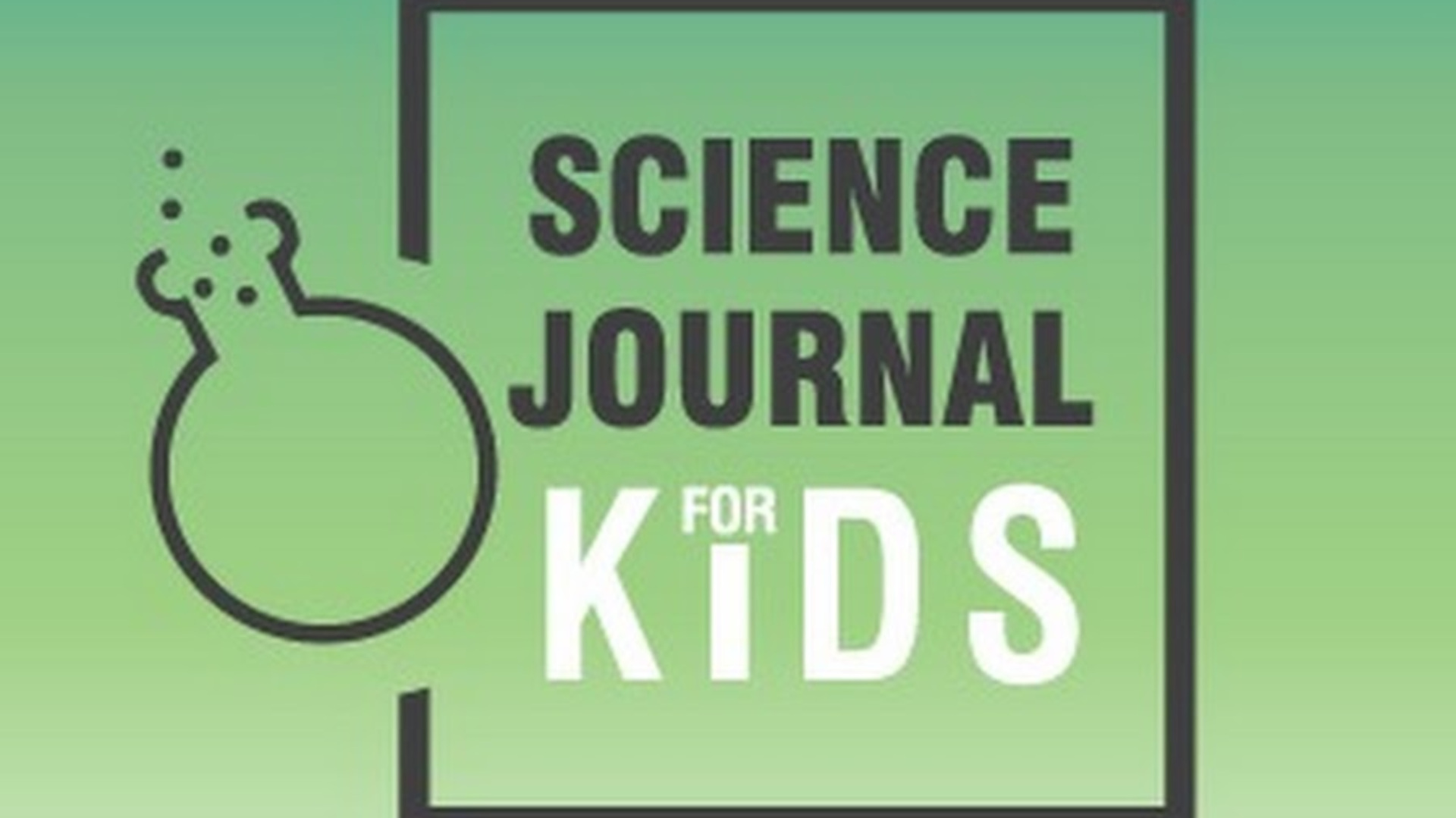Chronic Absenteeism: Why It’s On The Rise and How to Overcome It
The COVID-19 pandemic continues to increase rates of chronic absenteeism, but there are proven strategies for improving attendance.

The Stanfield Elementary District in Stanfield, Arizona, serves K-8 students spread across 600 square miles. Twenty percent of the students live on a Native American reservation, and some have a daily bus ride that is longer than an hour.
Largely because of this commute-to-class time, chronic absenteeism has long been high in the single-site district.
“We average between 10 and 12 percent absenteeism rates,” says Superintendent Dr. Melissa Sadorf. “This year our numbers are even higher, we're at about 15 percent.”
Across the country many school districts are experiencing the same trend: pre-existing absenteeism being exacerbated by the pandemic.
“What we are seeing is an increase in chronic absence in all the states that have recently reported chronic absence data,” says Hedy N. Chang, executive director of AttendanceWorks.org, which offers guides and other resources to help schools increase attendance.
While national data on chronic absenteeism has not been released recently, and states have different definitions of what constitutes an absence, state data on chronic absence is just starting to be released from last year and a few places are starting to share attendance at the beginning of this year. For instance, one report using data from districts within 17 counties in California found a 9.4 percent increase in chronic absences from last year to the first few months of this year.
These absences generally tend to heighten existing inequities.
Tech & Learning Newsletter
Tools and ideas to transform education. Sign up below.
“Chronic absenteeism is an issue that is more likely to affect low-income students and disadvantaged students, disabled students, and a lot of students who are struggling to fit in at school or have barriers to getting to school, like transportation or health or issues,” says Phyllis Jordan, associate director of FuturEd, an independent think tank at Georgetown University's McCourt School of Public Policy.
ELLs also saw significant spikes in absences at many schools, Jordan adds.
What’s Driving Chronic Absenteeism This Year?
“We opened schools at a time when there's a surge in the Delta variant, you didn't have everyone vaccinated, and some kids -- now that's changing -- couldn't get vaccinated. And you have divisiveness around how to keep kids healthy, and safe,” Chang says. “I think people were hugely concerned about the physical health and safety of schools.”
COVID quarantines are also keeping kids home. “One of the challenges is we didn't come up as a country with a backup plan for how to support kids when they were quarantined,” she says.
In addition, students who haven’t been socializing as much for a year may be more uncomfortable going to school. Plus, decreased social skills may be increasing the number of fights, resulting in more out-of-school suspensions.
In Sadorf’s district, which has a significant at-risk health population, COVID concerns are a factor. “We're finding that there is some fear around coming to campus,” Sadorf says. “We still have not had outbreaks, because we haven't had to close classrooms or close the school at large, but we do have students who we are quarantining.”
This is all on top of the prepandemic challenges around attendance. In Stanfield Elementary District, transportation is a big issue because if students miss their bus they frequently live so far from the school that being dropped off by a family member isn’t an option.
Overcoming Chronic Absenteeism With Relationships and Technology
Jordan, who is the author of an Attendance Playbook from FutureEd and Attendance Works, says the first step to combating absenteeism is gathering good data on why students aren’t attending school and then having a team in place to help families overcome the obstacles keeping students out of school.
“In Baltimore, they had something like 250 kids who missed 40 days of school in kindergarten through second grade,” she says. “Over the summer, they sent social workers to every single one of these houses. And they found that a third of the kids had asthma, but they didn't have inhalers. This is something you can fix; it doesn't have to happen.”
Sometimes the fix is more difficult, but building relationships with students and their families is an important first step regardless.
Technology can also help. For example, nudges is an evidence-based strategy in which attendance reminders are sent to parents about their students via text or another method. “If you send parents periodic notes about their kid’s attendance and tell them how many days the students have missed, it seems to improve attendance,” Jordan says.
Building relationships is at the heart of the Stanfield Elementary District’s efforts to improve attendance. “One of the things that we have found is that especially with our parents that don't speak English, they're not very comfortable coming onto campus,” Sadorf says. “So the last few years, we've been very intentional about going to them so that we can build those relationships. But what we found this last year is when we had parent-teacher conferences on Zoom, we had higher rates of attendance at these meetings than we ever have.”
Going forward, these meetings are expected to be held over Zoom or Facetime, or even over the phone, as being flexible about how these events occur helps increase attendance from parents and fosters connection between them and the school. “You’ve got to start with the relationship,” Sadorf says. “If the relationship is not there, they're not going to be as comfortable coming in and telling you why they have issues or barriers to getting to school.”
Correction, 11/22/21: This article has been updated to clarify that while no recent national data has been released on chronic absenteeism, the issue is studied nationally. The initial absenteeism data from districts within California has also been updated and refers to specific districts within California, not the state as a whole as originally stated.
Erik Ofgang is a Tech & Learning contributor. A journalist, author and educator, his work has appeared in The New York Times, the Washington Post, the Smithsonian, The Atlantic, and Associated Press. He currently teaches at Western Connecticut State University’s MFA program. While a staff writer at Connecticut Magazine he won a Society of Professional Journalism Award for his education reporting. He is interested in how humans learn and how technology can make that more effective.

